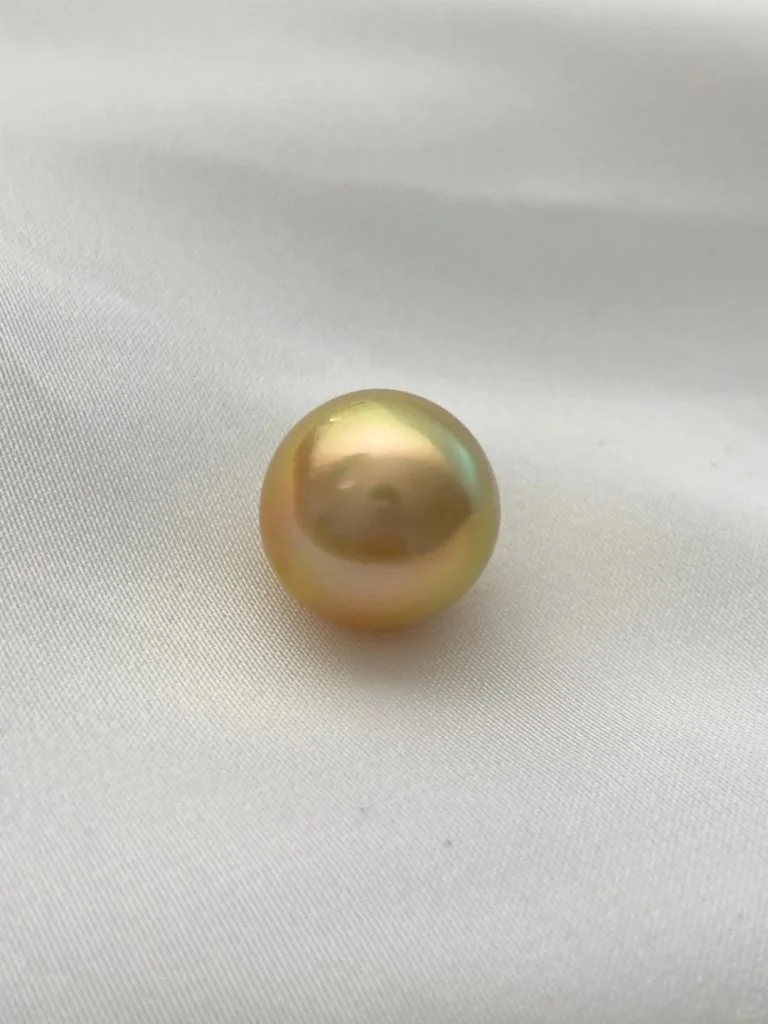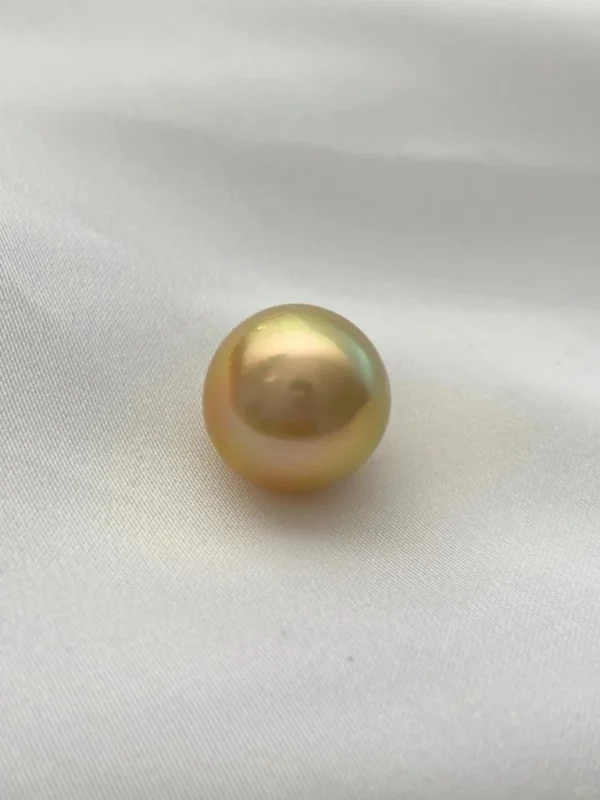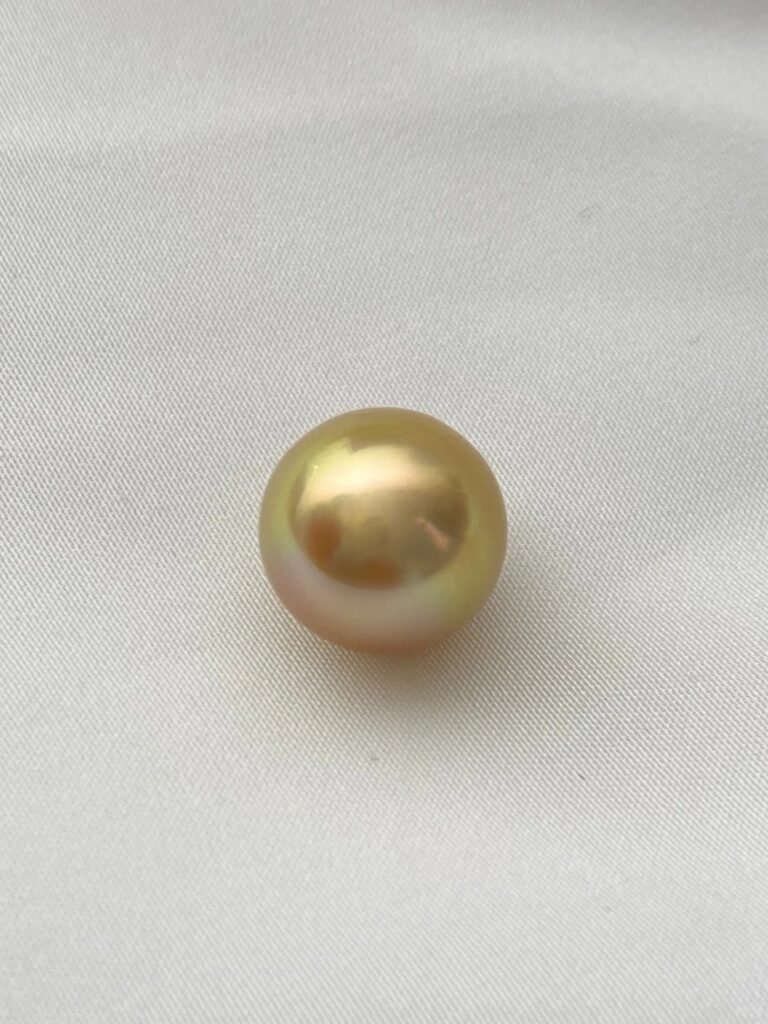The Allure of Rainbow Gold Pearls: Rarity, Grading, and Color Complexity

Rainbow Gold pearls, with their vivid hues and captivating overtones, are gaining attention in the world of luxury pearls. However, there’s a lot of curiosity surrounding what defines these pearls and how they are graded. This article will provide clarity on their color variations, grading systems, and rarity.
What Makes Rainbow Gold Pearls Special?
Rainbow Gold pearls are a rare variety of South Sea pearls, primarily produced by companies like Rio Pearl in Myanmar. These pearls are notable for their rich golden base color, complemented by rare red and green overtones that create the “rainbow” effect. However, only about 5% of the pearls farmed meet the specific criteria to be categorized as Rainbow Gold(The Culture of Pearls).
The cultivation process for these pearls is lengthy and meticulous, with farmers focusing on high-quality oysters to achieve the desired coloration and luster. This is what makes these pearls rare and, consequently, highly valuable.






The Grading System for Rainbow Gold Pearls
When it comes to grading, the primary factors evaluated are the base color, surface quality, and the intensity of the overtones. Rio Pearl, a leading producer, uses a grading scale where the darkest gold pearls with vivid hues are classified as “dark rainbow,” while lighter gold pearls with strong overtones fall under the “rainbow” category.
More generally, pearls are graded using a system that includes attributes like luster, nacre thickness, surface quality, and matching. The Gemological Institute of America (GIA) uses a 7-factor system to evaluate pearls, including luster and surface quality, both of which are critical for determining value(Pure Pearls).
How Does Color Affect Value?
One of the key elements that make Rainbow Gold pearls so desirable is their deep, vibrant colors. Generally, the more saturated and intense the golden hue and overtones, the higher the pearl’s value(Pearl Rack). Pearls with flawless surfaces and perfect symmetry also fetch higher prices(Lovelements).
However, it’s not just about having the darkest color. Some buyers may prefer pearls with a softer golden tone that offers a more balanced aesthetic. For example, some Rainbow Gold pearls can have a base color resembling 18K gold, which appeals to a different group of collectors.
Conclusion
In essence, Rainbow Gold pearls represent the pinnacle of pearl cultivation, combining rarity with stunning visual complexity. Understanding the grading process and what makes these pearls special can help buyers make more informed decisions. If you’re looking for pearls that go beyond the ordinary, Rainbow Gold pearls are a luxurious and unique option.
